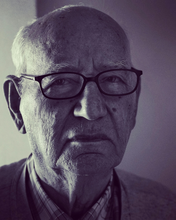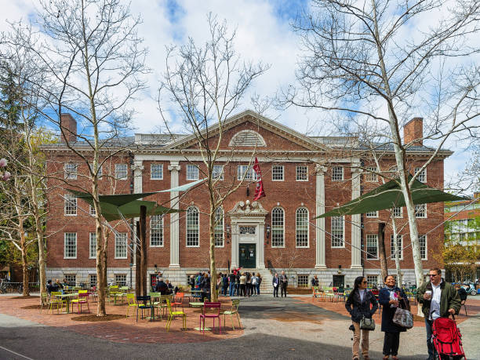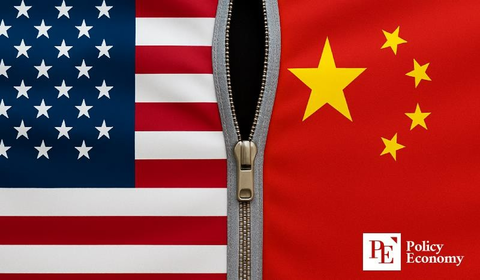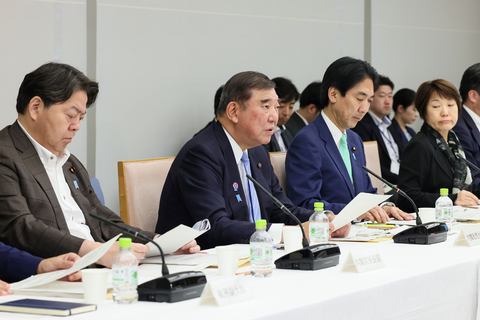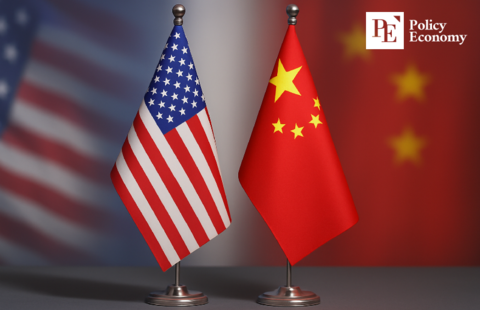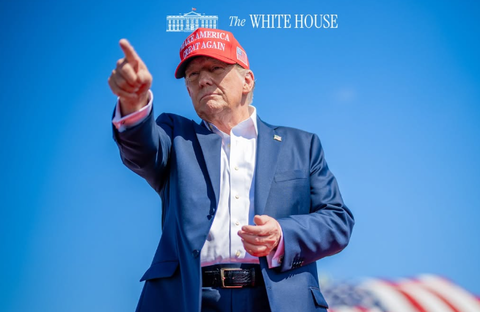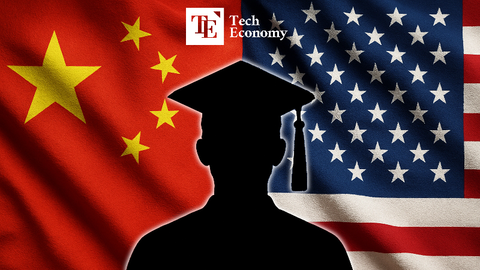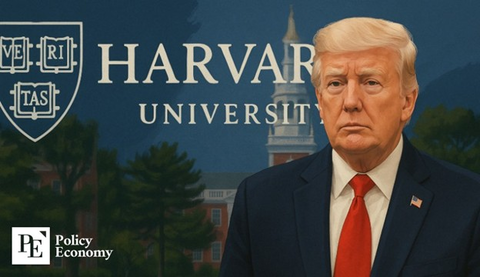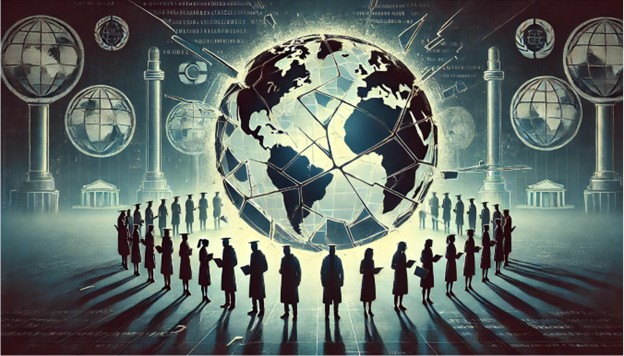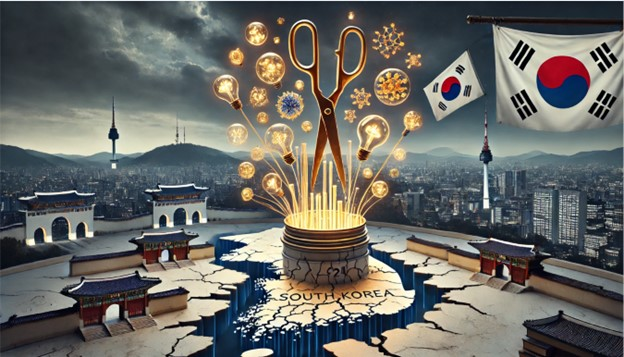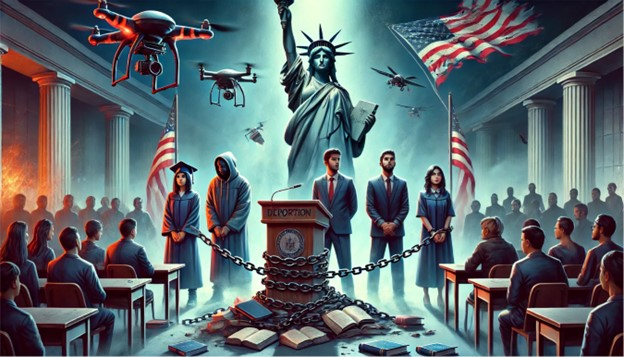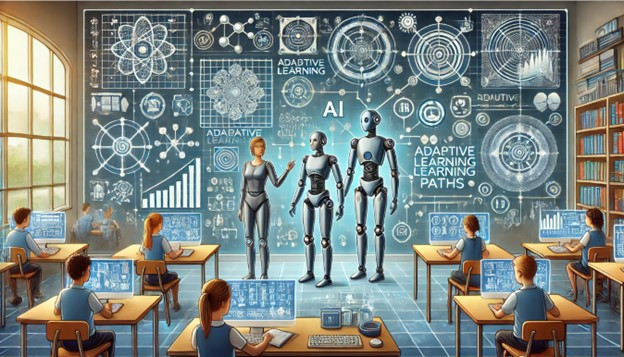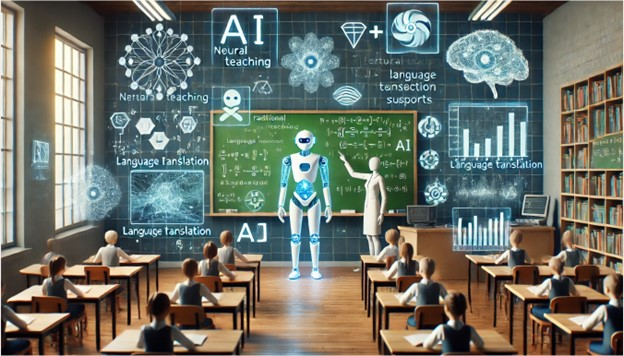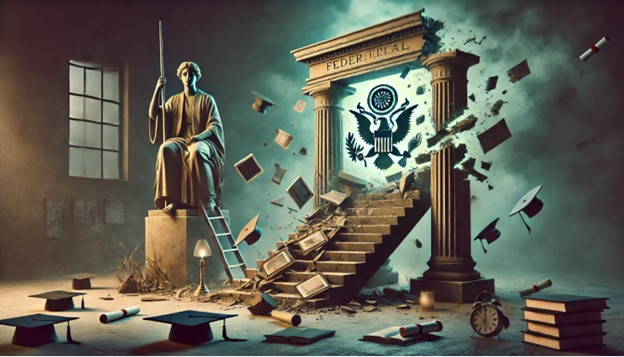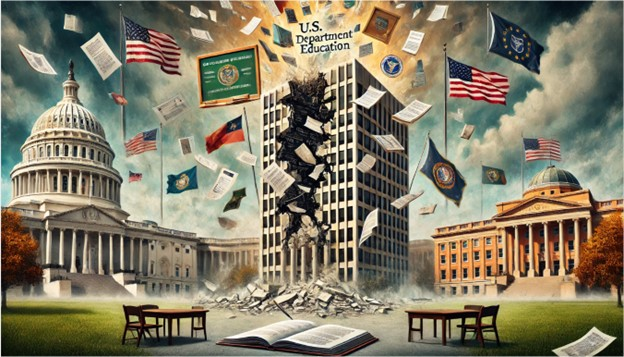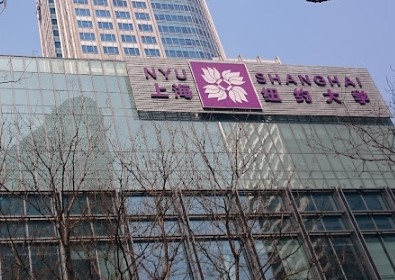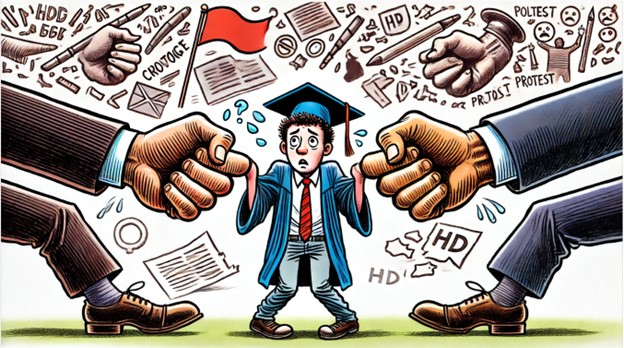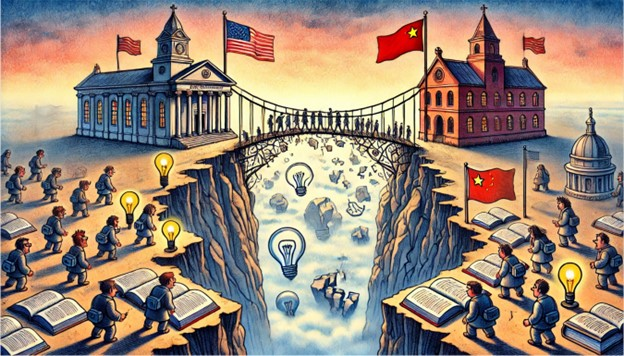The Hidden Power of Global Classrooms: How International Students are Revitalizing Germany and the UK
Input
Modified
Germany’s Tuition-Free Model: A Fiscal and Demographic Lifeline The UK’s High-Stakes Gamble: Tuition Revenue and Post-Brexit Strategy Toward a Shared Vision: International Students as Nation Builders

Germany’s Tuition-Free Model: A Fiscal and Demographic Lifeline
In a world that is currently experiencing economic slowdowns, talent shortages, and demographic decline, a surprising yet potent force driving national prosperity is emerging from university lecture halls: international students. They are quietly, methodically, and with measurable impact influencing the fiscal futures of the nations that adopt them. Germany and the United Kingdom are two of the most compelling examples from Europe. Although the funding structures and immigration policies of their higher education institutions are drastically different, both countries are generating billions of dollars in economic benefits as a result of the presence and contributions of international students.
A number of recent studies conducted by prestigious research institutions, such as the German Economic Institute (IW), Universities UK International (UUKi), and the Higher Education Policy Institute (HEPI), demonstrate that international students are not merely cultural ambassadors or academic participants. In reality, they are fiscal assets that make substantial contributions to public treasuries, fill labor market gaps, and stimulate local economies with each lecture they attend, euro or pound they spend, and job they secure after graduation.
In Germany, a global education destination, has long been recognized for its robust industrial foundation and high-quality education system. Unlike numerous English-speaking countries that impose exorbitant tuition fees, Germany's public universities typically do not impose tuition fees, even for international students. This unique model has generated extraordinary results, as evidenced by the government's emphasis on the retention of skilled labor and global academic engagement.
In 2022, approximately 79,000 international first-year pupils enrolled in German higher education institutions. A comprehensive study conducted by IW for the German Academic Exchange Service (DAAD) predicts that this particular cohort will contribute a net of €15.5 billion (US$16.7 billion) to public finances during their lifetime in the country. This figure encompasses economic activity associated with their integration into the labor market, taxes, and social security contributions.
The IW simulated three retention scenarios in order to evaluate the long-term economic impact:
1.) High retention scenario: 50% of international pupils remain permanently.
2.) Medium retention scenario: 45% of individuals remain for a minimum of 10 years, while 20% remain for life.
3.) Low retention scenario: 30% of individuals remain temporarily, while only 7.5% remain permanently.
The state's investment in education is entirely recovered within just three years of a graduate entering the workforce under the medium scenario, which is consistent with current OECD estimates. Under the most conservative projection, the low retention scenario, Germany still generates a net surplus of €7.4 billion. The surplus reaches an outstanding €26 billion under the most optimistic conditions.
In addition to their financial contributions, international students contribute to the stabilization of Germany's economic future. With a substantial aging population, the nation is confronted with a rapid demographic transition that is exerting pressure on its specialized labor force. The IW cautions that this demographic transition is anticipated to result in a 0.5% annual decrease in GDP growth. Nevertheless, Germany could mitigate approximately 20% of this GDP decline by maintaining its current international student enrollment.
Germany prioritizes integration over monetization in its strategic approach. Germany regards international students as long-term contributors to its research capacity, economic resilience, and global partnerships, in contrast to the Anglo-Saxon model, which frequently prioritizes financial gain through tuition fees. Success tales such as that of Younis Ebaid, a software developer from Egypt who relocated to Germany due to its affordability and subsequently secured employment while continuing his education, are becoming more prevalent. He began contributing to the economy by working in Munich almost immediately, despite the fact that his education cost him only €60 in semester fees.
However, obstacles persist. Many international pupils encounter administrative and linguistic challenges following their graduation. It can be challenging for students to secure full-time employment after their student credentials expire. The DAAD's Skilled Labour Initiative offers structured support, such as mentorship, career fairs, and networking opportunities, to address this issue. These measures are intended to facilitate the transition into the workforce and preserve valuable talent.

The UK’s High-Stakes Gamble: Tuition Revenue and Post-Brexit Strategy
Located on the opposite side of Europe, the United Kingdom presents a distinct yet equally captivating narrative. International students are demonstrating their reliability as one of the nation's most dependable economic foundations in a post-Brexit context where global competitiveness is of the utmost importance.
The net economic benefit of international students in the 2021/22 academic year was estimated to be £37.4 billion in a groundbreaking study conducted in collaboration with London Economics by UUKi, HEPI, and Kaplan International Pathways. This figure represents a significant increase from the £31.3 billion reported three years ago. The aggregate contribution reached a staggering £41.9 billion after the cost of public services, such as healthcare and education, was subtracted (estimated at £4.4 billion).
The average economic benefit per constituency was one of the most remarkable discoveries of the investigation. Each of the 650 parliamentary constituencies in the United Kingdom, irrespective of their political affiliation or geographic location, received approximately £58 million from international students, which is equivalent to approximately £560 per local resident. The most significant benefits were achieved in urban centers such as London, Glasgow, Sheffield, Nottingham, and Newcastle; however, the consequences were felt throughout the country.
Particularly influential were non-EU students, who frequently incur additional expenditures for accommodation and other necessities by paying higher tuition fees. Each non-EU student made an average contribution of £96,000 to the UK economy during their time in the country. Net gains of £1 million were generated by each eleven of these pupils, according to statistical analysis.
These figures are indicative of more than just revenue generated by higher education. International students generate demand for services, utilize public transportation, rent residences, and patronize local businesses. Tourism revenue is generated by the visits of their acquaintances and family. Numerous individuals continue to work, contributing to the labor market by offering a variety of perspectives and international expertise.
The significant increase in enrollment is also associated with the increase in economic impact: the number of non-EU students has increased by 68% since 2018/19. This increase can be partially ascribed to policy modifications, such as the reinstatement of post-study work visas, which permit graduates to remain in the United Kingdom for a period of two years (or three for PhD holders). The UK has become more appealing in a global education market that is highly competitive as a result of these reforms.

Toward a Shared Vision: International Students as Nation Builders
The German and UK models are united by a growing recognition that international students are not merely transitory visitors; they are indispensable elements of national development. Regardless of whether it is Germany's strategy of tuition-driven economic engagement or the UK's emphasis on subsidized education and workforce integration, both countries are leveraging the value that international students bring.
The implications extend far beyond the confines of a university. These students are prospective taxpayers, innovators, and potential citizens. They establish professional and academic connections between nations. They revitalize aging populations, sustain local economies, and infuse vitality into labor markets. The most significant benefit is that they provide a tangible return on investment for governments that embrace them.
However, both nations must also address areas that require improvement. In order to transform short-term students into long-term contributors, it is essential to streamline post-graduate visa pathways, reduce bureaucratic red tape, and ensure comprehensive support systems. Language training, housing access, and employer engagement are all areas that could benefit from increased policy attention.
Countries that acknowledge and cultivate the full potential of international pupils will experience the greatest benefits as the global competition for talent intensifies. The economic architects of tomorrow may be trained in the classrooms of today, as we navigate a period of economic recalibration and uncertainty. The future has already begun for Germany and the UK, fueled not only by ideas but also by individuals who have crossed oceans to pursue them.
